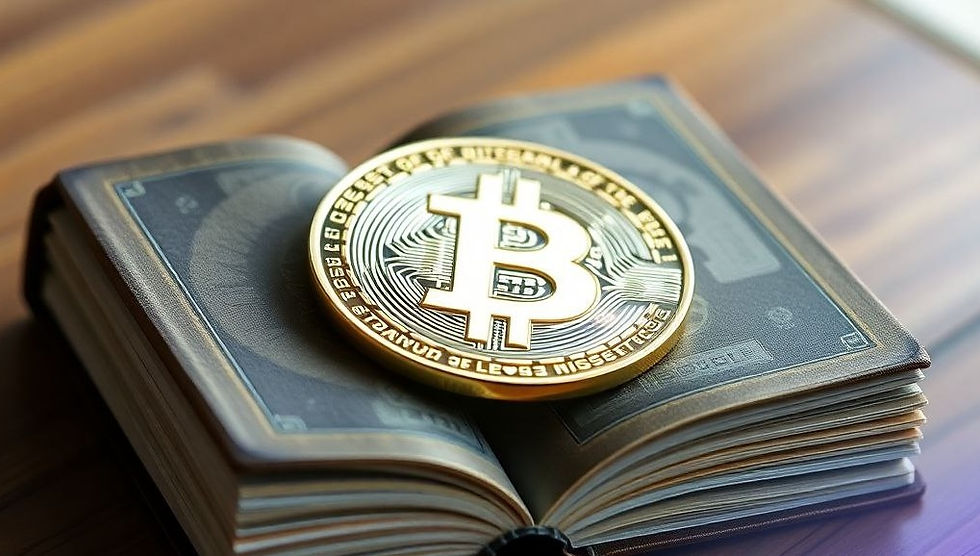Explanation: What are satoshis, BTC, transactions, and networks
- Cryptotimer

- Aug 2
- 3 min read
What Are Satoshi, BTC Transactions, and the Bitcoin Network: Simple Explanation of Complex Things
The world of cryptocurrencies may seem complex and confusing, but once you understand the basic concepts — everything becomes much clearer. In this article, we’ll talk about the smallest unit of Bitcoin — Satoshi, how BTC transactions work, and how the Bitcoin network functions. This is the foundation for understanding how the world’s leading cryptocurrency works.
🔹 1. What is a Satoshi and Why It Matters
A Satoshi is the smallest unit of Bitcoin, named after its creator, known by the pseudonym Satoshi Nakamoto.
1 BTC = 100,000,000 satoshisSo, 1 satoshi = 0.00000001 BTC
This was designed to make Bitcoin accessible even when its price is very high. For example, if 1 BTC costs $60,000, you can still buy a small portion of it for just $1 — in satoshis.
Why is this important?This system of division allows for micro-payments and opens access to crypto for people with limited capital.
🔹 2. How Bitcoin Transactions Work
When you send BTC to someone, you create a transaction. But it's not just “sending money” — it’s a technical process that involves several steps.
✅ Main components of a transaction:
Sender address (your wallet)
Recipient address
Amount in BTC or satoshis
Fee (paid to miners for processing)
🛠️ How it works:
You create a transaction via your wallet (e.g., mobile app or browser extension).
The transaction goes to the mempool — the waiting area for confirmation.
Miners pick transactions from the mempool and add them to a new block.
Once confirmed, the block is added to the blockchain — the public ledger.
A transaction is considered complete after at least one confirmation (3–6 confirmations are preferred for large amounts).
⚠️ Important: Bitcoin transactions are irreversible — they cannot be canceled or changed. This ensures trust, but requires caution when sending funds.
🔹 3. How the Bitcoin Network Works
The Bitcoin network is a decentralized system made up of thousands of computers (nodes) around the world.
🧱 Core components of the network:
Nodes: store blockchain copies and verify transactions
Miners: create new blocks, confirm transactions, and receive rewards
Users: send and receive BTC using wallets
🌐 How it operates:
Decentralization: no central authority or control
Consensus: decisions are made automatically according to protocol rules
Security: all transactions are encrypted, and the blockchain is secured by network power
💡 Did you know? New blocks are created approximately every 10 minutes, each containing a batch of confirmed transactions.
🔹 4. The Role of Satoshis in All This
Satoshis aren’t just a small unit of BTC — they’re the bridge to real-world crypto use. For example:
Pay for coffee with 20,000 sats
Receive micro-payments from websites or apps
Accumulate satoshis via faucets or no-investment platforms
“Sats the standard” is a growing idea — to measure value in sats, not full BTC. It makes Bitcoin easier to understand and more accessible for beginners.
🔚 Conclusion: Simple, Yet Foundational
Understanding terms like Satoshi, BTC transaction, and the Bitcoin network unlocks the door to the crypto world. It's the starting point for learning about investing, trading, or passive earning.
In the future, even those unfamiliar with finance will be able to use cryptocurrency in daily life. And it all starts with something simple — knowing what one satoshi is.
🔁 Liked this guide? Share it with friends who are just starting out with crypto.📌 Save it — you’ll want to return to it again!





Comments